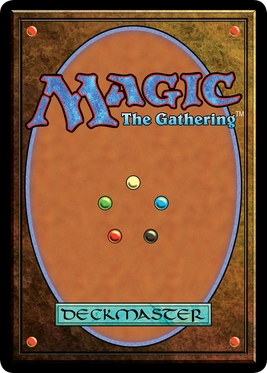The question is, how well does it work?
Obviously, there are going to be some pros and cons to a purely text-based game, when compared to the usual group-of-friends-sitting-around-a-table sort of game (or, to bring it into the digital age, group-of-friends-on-Skype).
Con number 1: fewer snacks during gameplay.
Well, I guess not, if you play in your kitchen.
I think the first upside to a text-based game should be obvious - people can respond whenever they choose. It's like texting versus a phone call. With a phone call, you need to devote a block of time - you can't just talk on the phone for 30 seconds, wait twenty minutes, then talk for another two minutes. No, a phone call is a time commitment, just like your usual D&D session. But with a text-based game, you can run it so that players can answer at their leisure. As a side bonus, this gives players (and the GM!) the opportunity to really think out what their character would do or say in a given situation, so in some ways, it makes roleplaying as your character much easier. For me, I like to leave the game open in a separate tab, so I can periodically check on it and see if I need to bang out a quick response. I think it's a good system...
...as long as people respond in a somewhat timely manner. With the flexibility to answer whenever you'd like comes a tendency to hold off on responding, whether that's due to forgetfulness or a thought of "Eh, I'll respond to him later, I don't feel like it right now." There's not as much accountability when your GM is staring at you from across the table, threatening to drop a tarrasque on your character's head if you don't make a decision sometime in the next ten minutes. Plus, simple conversations and encounters can get dragged out over longer periods of time. Because consider the following hypothetical exchange:
"I would like to attack that goblin. How far away is he?"
"Hm, he's about forty feet from you, but there is a bonfire between you and him, so you probably won't be able to charge at him."
"Ok. Could I move around the bonfire and attack him?"
"Well, you could get much closer, but not into melee range."
"What if I moved around the fire, right by that boulder there, and threw a dagger? Would that work?"
"Yeah, that should work well! Is that what you want to do?"
"Yep."
"Ok, roll me the attack roll for the dagger."In an ordinary setting, that exchange would take all of thirty seconds to accomplish. But in a text-based game, in which people aren't necessarily responding immediately, it could drag on for quite a lot longer than that. Of course, it also depends on how punctual and how involved your players are, but there's no denying that converting spoken conversation to text slows things down a fairly significant amount.
Pictured: the approximate speed of a text-based game.
But on the flip side, there are definitely situations in which a text-based game would be detrimental. I personally have never run a text-based game with more than one player at a time, but I can only imagine that with some of the difficulties that come with it, adding more people can get... chaotic. I feel that some of the "people don't respond in a timely manner" issues would only get exacerbated with more than two or so people playing. It'd be easy for the player with the quickest response time to completely dominate play, unless you put some significant regulations on your players - for instance, "no one player can respond twice in a row." Still, that could cause some frustration between players, too, so it's ground you'd have to tread lightly.
I think that one of the greatest benefits to a text-based game, though, is inclusivity. Not everyone is quick on the uptake when they play, and can have trouble getting into character at a moment's notice. Some players adapt quicker than others. I think reducing the game to text evens the playing field for your players, so they can all participate in the ways they do best. And if you have a deaf friend, it allows them to participate too, where a normal game obviously would not. (Fun fact - the reason I tried out a text-based game to begin with was because a deaf friend of mine really wanted to play, but couldn't participate due to her disability.)
This was a short post, but that's pretty much all I had to say on the topic. I think there are some real benefits to running a text-based game, especially when your players have different availabilities or different strengths that otherwise might not make it to a traditional sort of game. But it could also drag on for a much longer time, and unless you really lay down the law on when your players can respond, it might be tough to include more than two or so players in the game. Basically, I wouldn't try to run a full, five-person campaign completely over text, but I think there are ways to make it work. But give it a try! It's certainly a very interesting experience, regardless.





